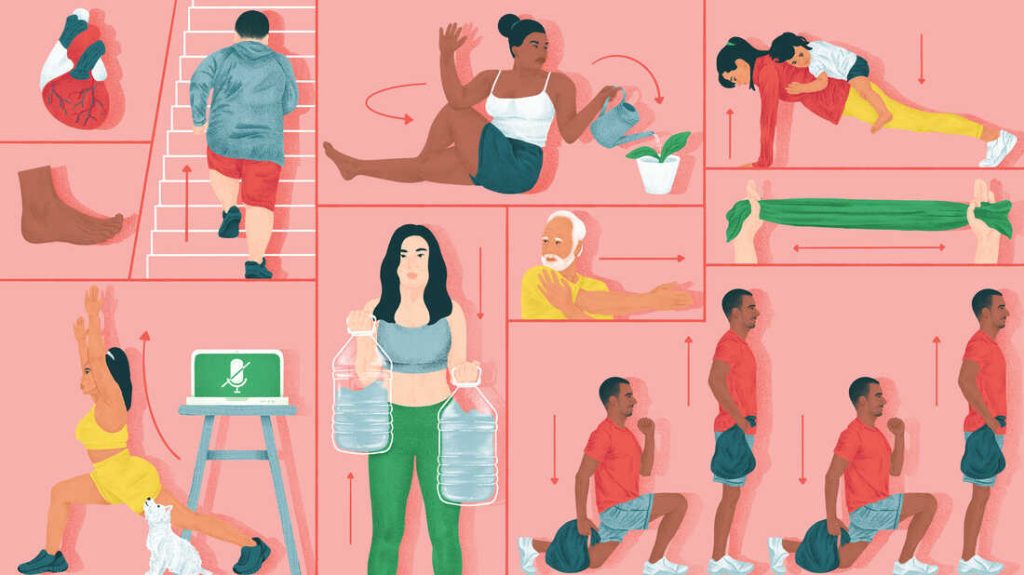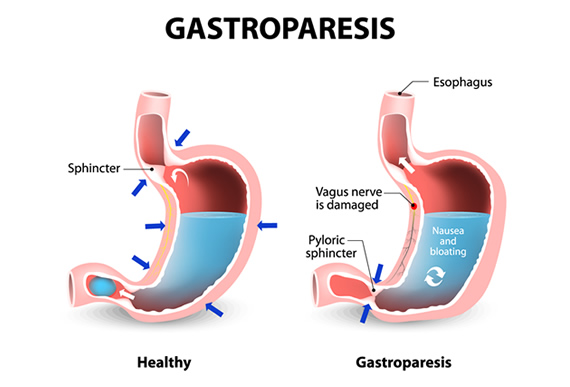Lower blood pressure: Isometric exercise vs. cardio.
The most effective exercise for decreasing blood pressure, according to a recent study of 270 trials, is static isometric exercise.
Although less so than isometric exercises like wall sits, all of the workout types examined in the investigation had advantages. The best overall health advantages, according to experts, are obtained from a variety of different types of exercise.

Better health is linked to exercise. And a recent study suggests that isometric workouts may be the most beneficial for those who have hypertension, or high blood pressure.
The authors of the study investigated the effects of several types of exercise on blood pressure, including aerobic, dynamic resistance, mixed, high-intensity interval training (HIIT), and isometric training.
All of these different workout forms successfully lowered blood pressure, but one in particular stood out.
According to the results, isometric exercise training significantly lowered blood pressure.
Combined training, dynamic resistance training, aerobic exercise training, and HIIT came after isometric exercises.
270 randomized, controlled exercise trials were the subject of a thorough examination by the researchers to determine the best kind of exercise for controlling high blood pressure.
Exercise interventions lasting at least two weeks were a feature of every experiment taken into consideration in the review. The review comprised 15,827 individuals in all.
Isometric exercises sit lower blood pressure like the wall
By putting more strain on a muscle without moving the surrounding joints, isometric training.
This is accomplished by pushing against an immovable source of resistance, such as a wall, a person, or a machine, or by simply maintaining a position in which a muscle is kept taut, as in isometric weightlifting.
Wall sits, which are an isometric exercise, were shown to be the most successful for lowering resting blood pressure in the latest study, according to study co-author Dr. Jamie O’Driscoll, a registered clinical scientist in cardiology.
Wall sits entail slowly squatting down while pressing your back against a wall, keeping the position to exert tension on the relevant muscles, and then slowly rising back up.
Because there is no movement involved in isometric exercise just the application of pressure by the targeted muscle it is also known as “static” exercise.
Isometric exercises can also include:
- Side planks and planks
- Calves lift and hold
- holding low squats
- hanging holds
- v-sits
- thigh bridges
Experts were given the following explanation by Dr. Yu Ming Ni, a cardiologist of California Heart Associates in Fountain Valley, California, who was not engaged in the study:
“Isometric exercise is supposed to increase muscular mass. It is intended to teach the blood arteries to have better basal dilation, in theory. It might help decrease blood pressure in that way.“
Naturally, it’s a good idea to always speak with your doctor before starting a new workout routine.
Cardiovascular exercise vs isometric exercise
Even though she was not engaged in the study, Dr. Melody Ding, an associate professor at the Sydney School of Public Health, said she was persuaded by it.
“The authors used a strong research design and the analysis was well-done,” said Dr. Ding.
On the other hand, Dr. Ni exercised caution. The research, according to him, “turns on its head the previous notion of what’s considered to be blood pressure-lowering exercise.”
“I would have thought that dynamic exercise would be more significant, but this data seems to strongly imply the contrary. To do this, you are figuratively exerting more pressure on your body. The ideal mechanism for it, in my opinion, is not that one,” said cardiologist Dr. Yu Ming Ni.
Dr. Ni said that there was little correlation between blood pressure results and different exercise types.
“Both the systolic and diastolic blood pressures do appear to be trending. So, I find it intriguing and it certainly stimulates my thinking,” said Dr. Ni.
Are there hazards of isometric exercise for hypertension?
According to Dr. O’Driscoll, “Our research has not shown any unique adverse effects when compared to other forms of exercise.”
Dr. Ni cautioned that patients with extremely high blood pressure should only be given isometric training or any exercise, for that matter.
For instance, according to Dr. Ni, he treats bodybuilders who also have high blood pressure. If their blood pressure rises, he wouldn’t advise these people to do weights.
“For those patients, I would advise against doing this. For now, you can engage in dynamic exercise. We’ll check your salt and alcohol intake, start you on some meds, lower your blood pressure, and make sure you aren’t using anabolic steroids,” explains Dr. Ni.
Exercise that is isometric complements other types of exercise
Even though “the results of this work demonstrate the value of performing static exercise for managing blood pressure,” according to Dr. O’Driscoll, “it is important to consider isometric exercise as complementary to pre-existing exercise modes, providing participants with a range of exercise choices rather than limiting them.”
Asserting that “different types of exercise offer different health benefits,” Dr. Ding concurred. This study showed that not only did each of the exercise kinds evaluated significantly lower blood pressure, but they also each had their own particular advantages.
Dr. Ding specifically mentioned that muscle strengthening helps enhance and maintain musculature while HIIT and aerobic training help strengthen cardiovascular fitness.
Nevertheless, the majority of specialists concur that any amount of activity is preferable to none at all.
“Stick to the exercise you enjoy — otherwise, it is hard to maintain the habit — and second, incorporate different types of exercise to improve various aspects of health and fitness,” Dr. Ding said in his conclusion.
The Summary
According to a recent study, static, isometric workouts may be superior than “traditional” aerobic exercise for lowering blood pressure.
High blood pressure is a major factor in heart disease, which continues to be the top cause of death in the United States.
High blood pressure puts people at danger and can harm their hearts.Diabetes, heart attacks, and stroke are just a few of the fatal disorders covered by this reliable source.
To reduce risk, doctors typically advise adopting healthy lifestyle habits like eating well and exercising.
REFERENCES:
- https://www.medicalnewstoday.com/articles/static-isometric-exercise-lowers-blood-pressure
- https://www.healthline.com/health-news/low-impact-isometric-exercises-may-help-lower-blood-pressure
- https://gulfnews.com/lifestyle/health-fitness/static-isometric-exercise-is-best-for-lowering-blood-pressure-study-1.1690513102452
For Low blood pressure medications that have been suggested by doctors worldwide are available here https://mygenericpharmacy.com/index.php?cPath=57

